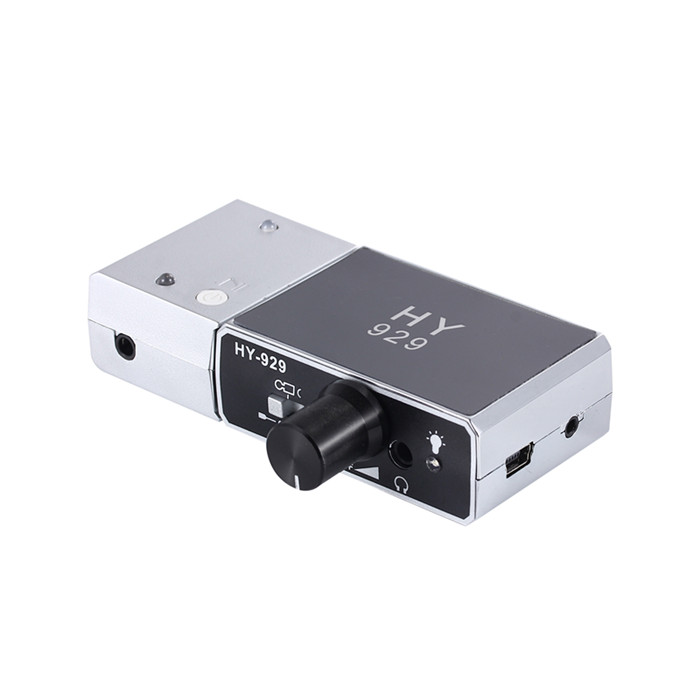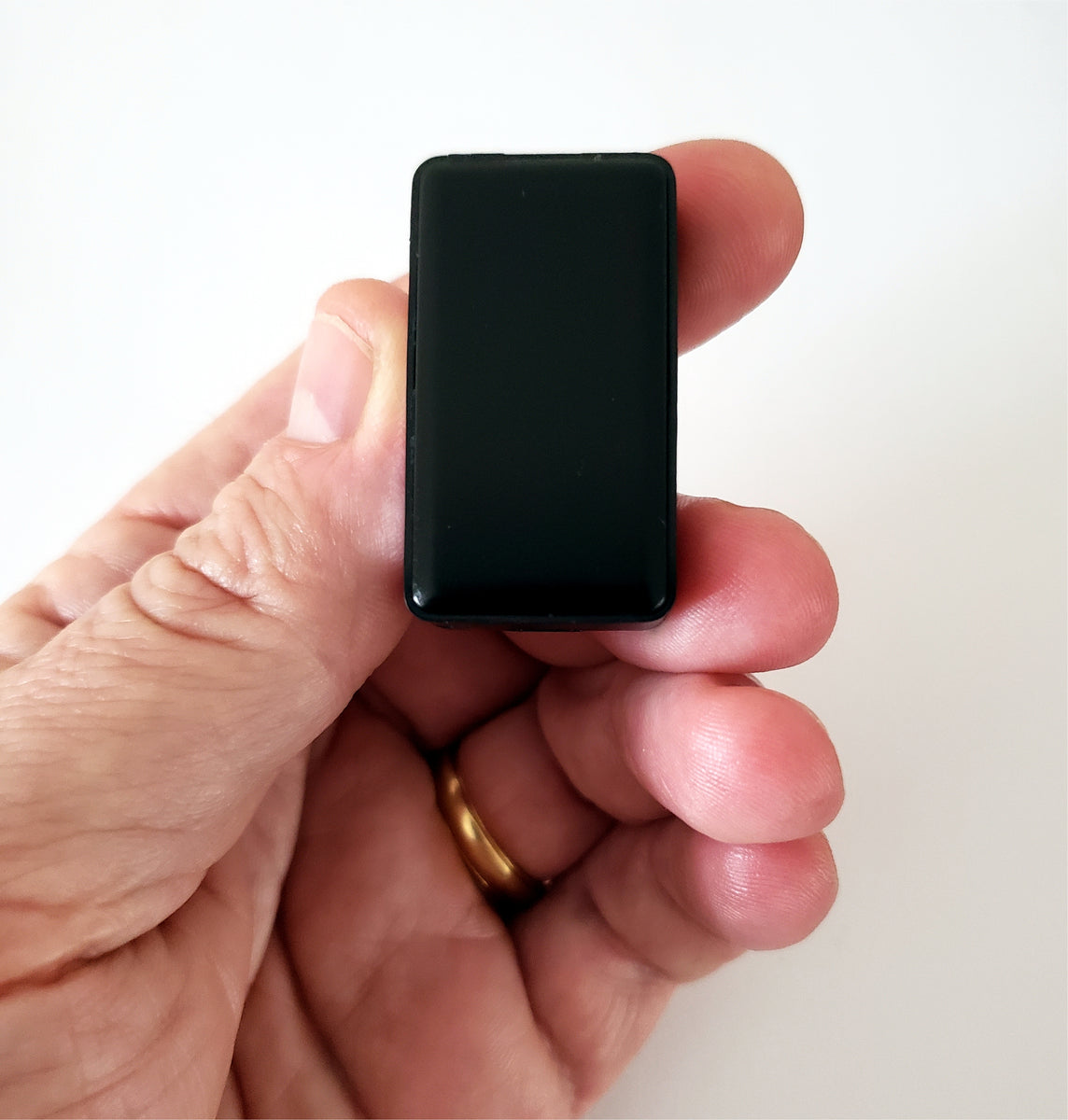


This figure shows a diagram of the system. Some systems integrate the Wi-Fi as well.

The core of the system is the appliance that converts the (usually analog) inputs to data packets. From the access point, the encoded data is streamed wirelessly to personal devices such as smartphones or tablets.Īn App on the phone receives the signals and decodes it for the user. Streaming Wi-Fi offers an alternative to the older technologies and works by converting the audio source to a digital stream, compressing it, and streaming the bits over a local area network (LAN) to a Wi-Fi wireless access point (WAP or AP). To combat this, most installations require multiple transmitters and, just like with FM, the users need to be provided with receivers. On the other hand, all the problems that light has with shadows and dead zones are present with infrared systems too because infrared is just invisible light. The signals from these systems can generally be kept from leaking out of venues, and are the preferred method when privacy is critical. Infrared (IR) Transmitter and receiver systems offer yet another type of audio solution. Also, receivers have a tendency to walk off in the pockets of preoccupied attendees. There is a wide range of receiver pricing, but a per-unit price tag of around $100 is not uncommon, and many congregations cannot afford to purchase receivers for all attendees. The disadvantage is that the users need FM receivers, and hard of hearing users need to connect from the receiver to their ear or hearing aid. Interference and leakage are challenges, but for locations where a Loop cannot easily be installed, these systems have significant advantages. FM has also been the system of choice, until now, for multilingual events since those participants will generally not have hearing aids. Like the Loop, Radio frequency FM systems have good broadcast capabilities and are quite popular. Some of these issues are mitigated in more modern models, but expensive and challenging installations are still concerning.
LISTENING DEVICE WIFI INSTALL
On the other hand, loop systems are expensive, often inconvenient to install (one might need to pull up the carpet, for instance) and can have leakage and crosstalk among neighboring systems. The big advantage of Loop systems is that the user does not need any other device with them in order to hear the programming. Indeed, roughly 80% of new hearing aids in the US have T-coils. There are millions of telecoil-equipped hearing aids already in use that need to be considered when looking at new technologies. Inductive Loop technologies work like an electrical transformer where the primary loop is the loop around the venue and the secondary loop is the telecoil, or “T-coil,” in the hearing aid. So what are the other options and how do they work? Inductive Loop
LISTENING DEVICE WIFI ANDROID
Those devices are typically smartphones powered either by the Android or iOS (Apple) operating systems. This has lead to the BYOD (bring your own device) trend. These numbers completely dwarf the entire assistive listening system market and lead to unmatchable economies of scale. There are 1.4 billion smartphones sold every year and over $15 billion worth of Wi-Fi equipment sold each year as well. Wi-Fi Streaming Audio is the New New ThingĬompelling mass-market numbers are driving the emergence of Wi-Fi audio as the up and coming technology. How do they compare and how do churches know if Wi-Fi is the right solution? Let’s find out. Wi-Fi audio is now offering comparable and often superior alternatives to analog systems. Streaming audio over Wi-Fi for assistive listening is the new thing for the hard-of-hearing, multilingual listeners and overflow areas of church services and events.įor several decades the assistive listening technology landscape has been dominated by three twentieth-century analog technologies: Inductive Loop, Radio Frequency (usually FM) and Infrared (IR).


 0 kommentar(er)
0 kommentar(er)
